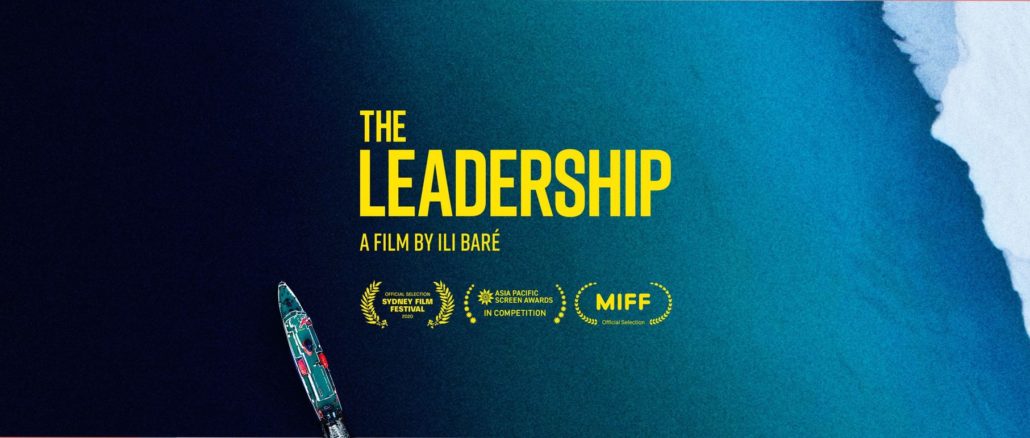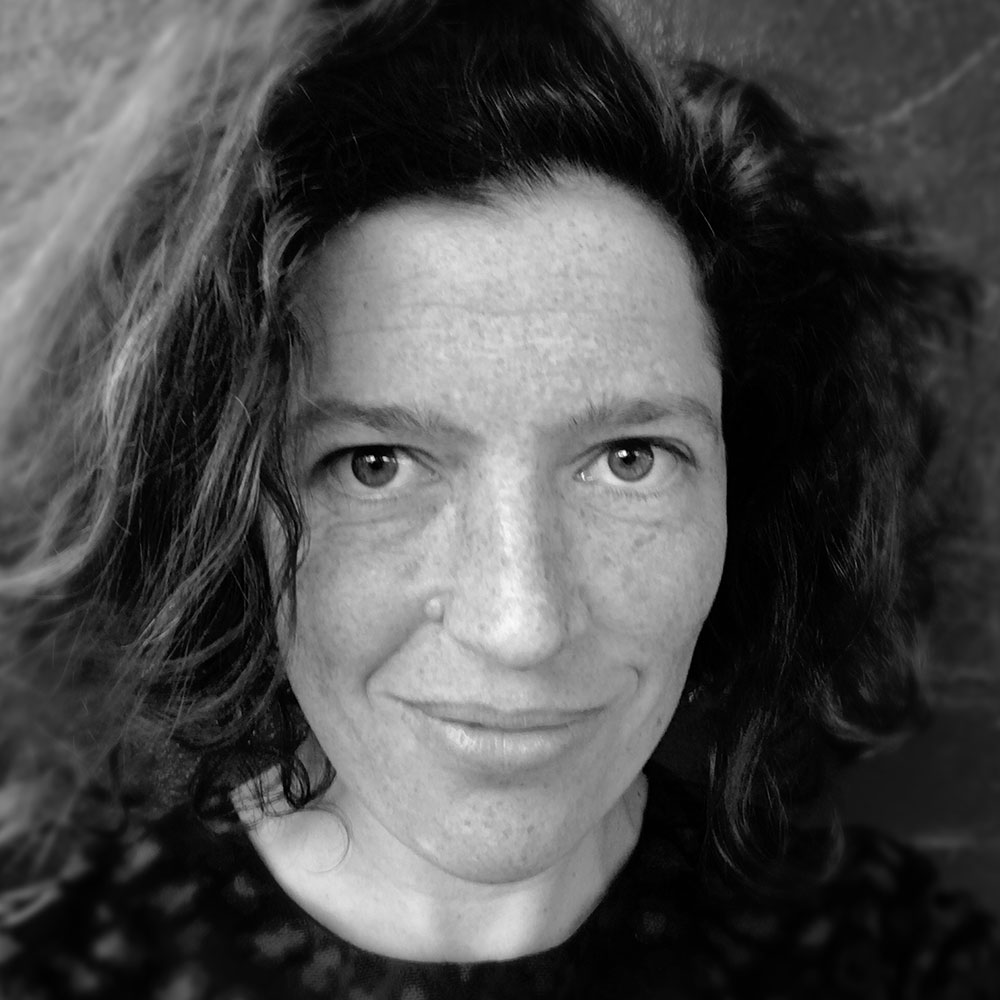
In a week where the world lost one of its most beloved and influential female leaders in Ruth Bader Ginsburg , I was lucky enough to watch the brilliant new film, The Leadership from acclaimed documentary filmmaker, Ili Bare. This film documents an ambitious experiment in leadership for women working in STEMM (Science, Technology, Engineering, Maths and Medicine) called Homeward Bound. As the maiden voyage of the program set sail for Antartica in 2016 , with the first 76 scientists on board, Australian documentary maker, Ili and her small film crew joined the voyage to document the experiment ‘warts and all‘.
Set against the beauty of our planet’s last untouched wilderness, The Leadership is an observational documentary that delivers an unexpected and original reflection on what it takes to be a good leader, while unearthing the systemic obstacles to women’s advancement in science and beyond. This focused film is a fascinating ‘fly on the wall’ look at women as leaders, which ends up revealing so much more.
In a world in the grips of a pandemic and with the urgent crisis of climate change, it is clear that we need to be guided by science now more than ever. We also need the best leaders to guide us forward in this ever changing world. How do our women of science and maths factor into this equation? How do we develop the tools to move them forward in male dominated fields?
Leader of the expedition CEO and ‘dreamer’ Fabian Dattner feels she can provide the women with the tools they need to help shape them into the true leaders that they want to be. But once on board, Dattner’s own leadership style and philosophy is tested, as stories of workplace harassment and individual’s personal stories are revealed.The result is tension and drama, connection and friendship all with the backdrop of the most mysterious land of all.
SheSociety were privileged to speak with the film’s director and writer, Ili Bare on this amazing journey, her impressions, her feelings as an observer and to ask – Where are we headed in our journey towards greater roles and responsibilities for our top female STEMM leaders in an increasingly volatile world?

Ili spoke to me from Sydney, Australia where she is based during COVID. For someone who travels for their work it is an interesting time. This film alone was shot in Antartica, Argentina, Indonesia, China, Australia, United Kingdom, France and the United States. For now Ili is safe at home, collaborating on projects, exploring ideas and is very excited that the film can now be shown in cinemas to real audiences.
I asked Ili about the film and how their small team of five filmmakers came to be involved. She said, “Our Producer – Greer Simpkin knew Fabian Dattner, the founder of the expedition and we thought it would make an interesting story. It was the first course and expedition of this type and was a unique experience.”
At the beginning of the story everyone is excited and there are women in STEMM arriving from all corners of the globe.They meet facilitator Fabian who Ili says brought, “Energy and passion. She was ready to go and filled with excitement and confidence.“
In all 76 women signed on for the leadership course and we soon find out that they are from all different fields and all have very diverse experiences and personalities.
Ili explains, “The women we were filming on board firstly had to want to tell their stories. We were essentially doing a case study on women in STEMM to find out the obstacles they faced. We had researched so knew about career drop off in STEMM fields. Our aim was to put a personal face to the story. We learn about coping when you have children, self confidence, different problems associated with different fields and imposter syndrome. Each woman brought something different to the table and we ended up telling the story of six unique women with six unique perspectives. That is quite a lot for a documentary of this kind.”
You meet Australian soil scientist, Dr Samantha Grover whose drive and passion for her career is unmissable. Yet, “Both times I took maternity leave as a post doc, those two jobs ended and I was quite devastated….. I’ve given science a really good go but if science doesn’t want me, maybe that’s it.”
Then there’s Songqiao Yao MBA MPHL, the only Chinese woman on the expedition, who is in charge of On- board Communications. It is her job to translate the experiences of the scientists to a Chinese audience. She has her own problems for despite all her study and academic achievements her parents despair that she doesn’t have a home, children and a husband. Songgqiao says, “All the discussion about leadership is a bit more tricky to translate to a Chinese audience because the leadership model we talk about on board is very much coming from the Individual.”
Ili agrees, “We had no idea how the experiment was about to unfold. We wanted to make sure that what we documented was authentic. The experience was like being in a fishbowl and even for us there was nowhere to get away from each other. It was a group of all women and they were being followed by a film crew constantly. We were documenting a microcosm of society.”
As a viewer I was unprepared for some of the drama, rifts, uplifting friendships and harrowing tales of personal suffering and resilience. It was a long time between filming on the boat and the final cut and it was wonderful to see how the women had grown and developed. To witness how their perspectives could change upon reflection made for enthralling viewing.
And of course I can’t forget that other looming character, the landscape of Antartica. Ili says she has always wanted to go to Antartica but never dreamed it would be like this. She laughs and says, “ I was so focused on the film that I did miss a lot of those special moments, although when you looked outside and saw those massive square blocks of ice…. It’s hard to describe.”
There were whales and penguins, tiger seals and majestic albatross and those vast expanses of water and ice.The boat stopped along the way and introduced the women to some of their colleagues stationed here and it was poignant to see one of the women say, “That could have been me. Women couldn’t do that when I was starting out.”
Leadership comes in all shapes and forms and women in leadership is a complex issue. It is not just a question of how do women in STEMM become better leaders, but how do men and women become better leaders in a traditionally male dominated field? By sharing such personal stories the makers of The Leadership hope to start a conversation. As Ili shares, “There is no simple solution but audiences who come along to the film will leave having a good conversation.”
You will be buoyed by the changes made to the program after this ‘maiden voyage’ and by the growth in confidence of those pioneer scientists who participated. The last word should go to Leadership Consultant , CEO and dreamer Fabian Dattner who says, “The expectation personally I have of the trip is it will be 70% as good as the next trip. And that there is a high tolerance for things not going to plan. Because the greatest learning anybody will ever have is from the mistakes they make from not getting everything right.”
The Leadership will surprise and also delight you with it’s amazing scenery and sense of human connection and interaction. The Leadership will be released exclusively at Dendy Cinemas from October 8. It will also be shown as part of the Adelaide Film Festival. For a documentary with a difference this ground – breaking film showcasing a unique expedition to Antarctica is a must see for women…..and men alike.
Michelle Beesley is a Brisbane born and bred former primary school teacher. A wife, proud grandma and mother of three grown sons, Michelle is thrilled to have recently published her debut contemporary romance novel, It Happened in Paris, with Serenade Publishing. Her novella – Escape to D’ Amour was published in 2019. Michelle’s work can be found in the anthologies – Destination Romance and Short & Sweet. When not reading or writing Michelle can be found at a coffee shop chatting with friends, front row at a fashion show, or beside a rugby union field cheering on her favourite teams.
Michelle is a reluctant traveller, Francophile, keen walker and avid yoga enthusiast plus a book, film and theatre lover who loves everything pink and sparkly (including champagne). You can find Michelle on instagram @michellebeesley_writer and her website: michellebeesley.com.


Leave a Reply